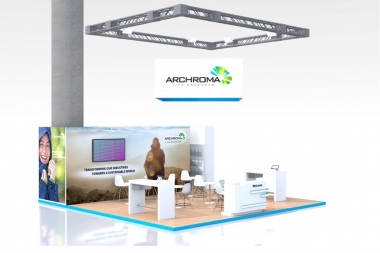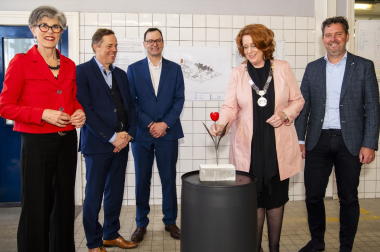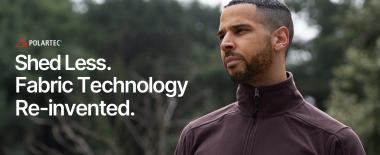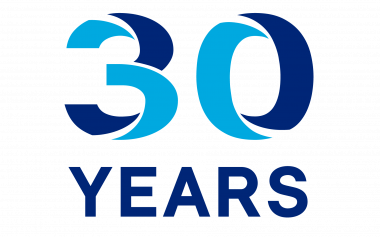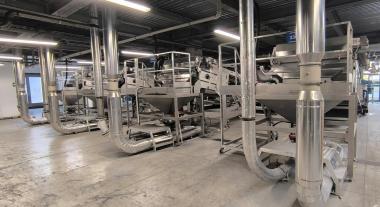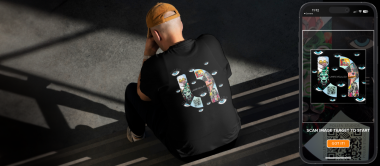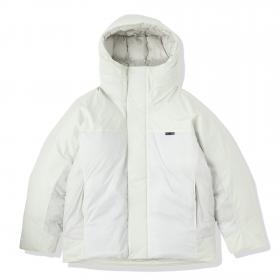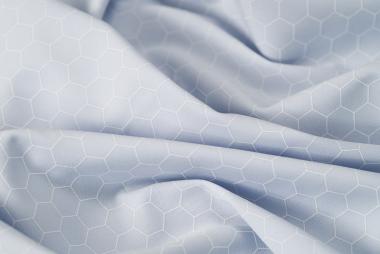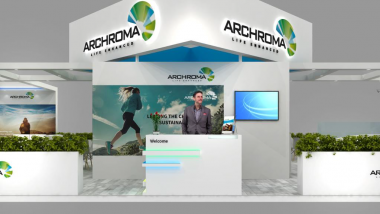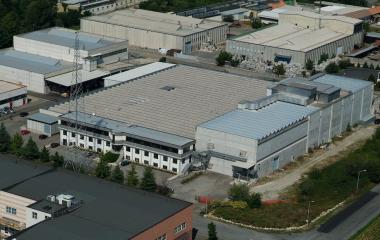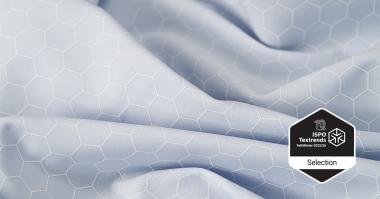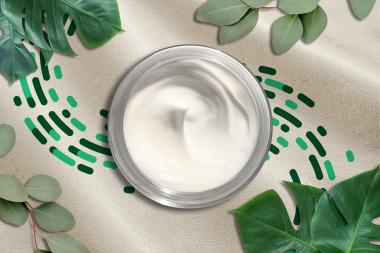Lenzing appoints Chief Transformation Officer
The Supervisory Board of Lenzing AG appointed Dr. Walter Bickel as a member of the Managing Board and Chief Transformation Officer of Lenzing AG with effect from April 15, 2024 until December 31, 2025. The experienced manager will strengthen the Lenzing Managing Board and will be responsible for the further development and implementation of the performance program. Lenzing AG’s existing performance program was successfully initiated by the Managing Board in autumn 2023 and focuses on positive free cash flow, strengthened sales and margin growth, and sustainable cost excellence. The appointment of a separate member of the Managing Board for the performance program underlines its importance for the economic recovery of Lenzing AG and will make a significant contribution to achieving the goals. In addition, this ensures that the existing Managing Board can devote all the necessary resources to its core tasks in sales, operations and finances.
Dr. Walter Bickel is an expert in implementing yield increase programs. He has decades of leadership experience in management consulting and in leading positions in industrial companies. As a member of top management, he has successfully supported comprehensive performance programs at companies such as KUKA, Treofan and Syntegon. At Lenzing, Walter Bickel will further advance and accelerate the performance program, which has already made important contributions to improving earnings, and tap into additional performance improvement potential aiming for a significant sustainable increase of Lenzing’s earning power and competitiveness.
Lenzing AG





